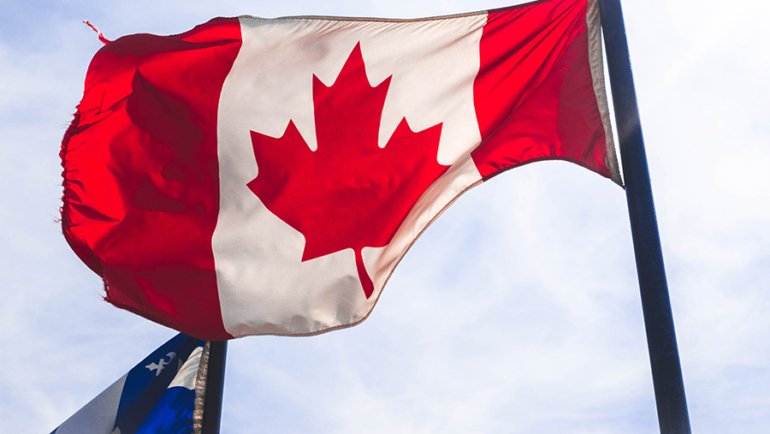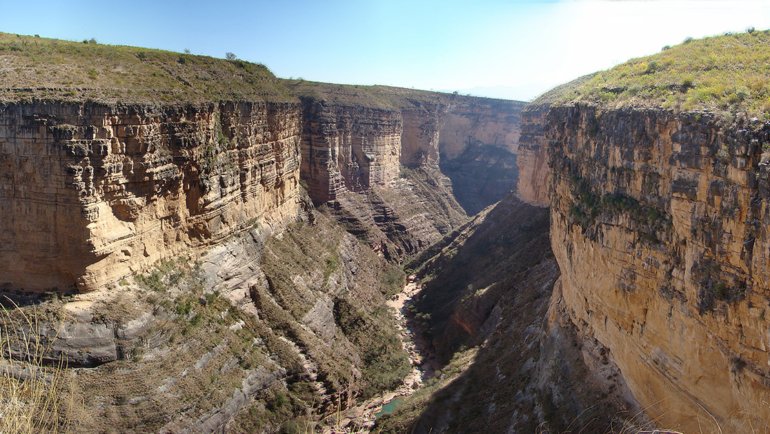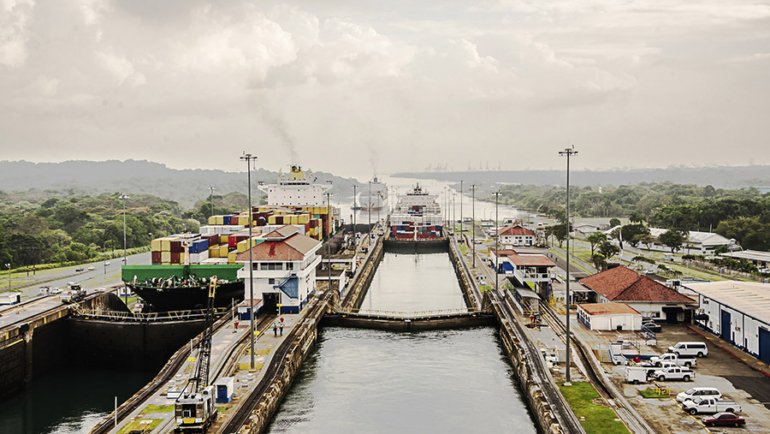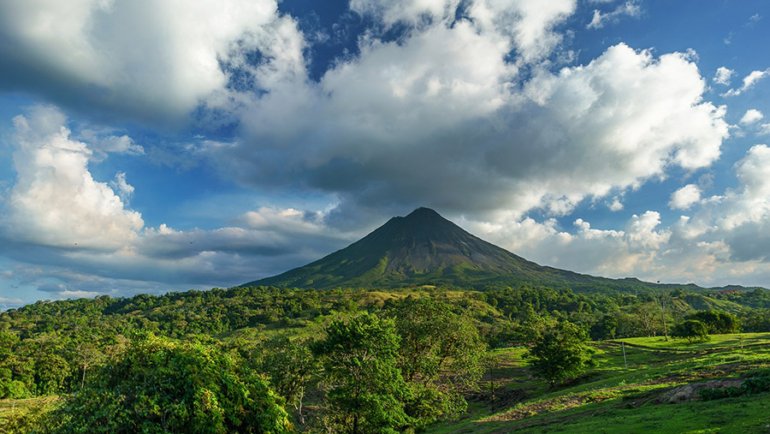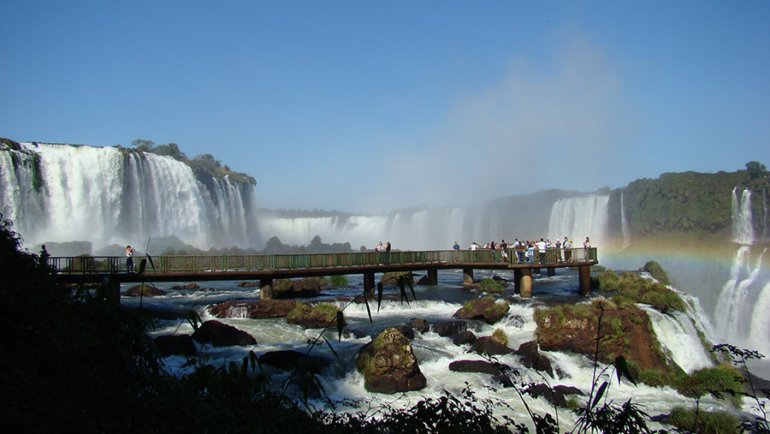Considered a masterpiece of human engineering, the Panama Canal is in the state of Panama in Central America. It facilitates global trade by acting as a link to the Pacific and Atlantic oceans. Ships carrying essential commodities, such as oil, travel through the canal to various locations worldwide.
Since its construction, the canal has changed significantly, becoming the focus of ownership disputes between the United States and Panama. The Panama Canal Authority now oversees the channel, which still impacts global commerce and relations. This article has all the relevant information to help you gain all the essential Panama Canal facts.
Why Is The Panama Canal So Important?
Before the construction of the Panama Canal, ships that wanted to travel between the west and east of the American continents had to circumnavigate Cape Horn in South America. This journey required an additional 8,000 nautical miles and took two months to complete. Fortunately, the canal allows ships to cut thousands of nautical miles off their travels between the Atlantic and Pacific oceans.
The Panama Canal Authority states that commercial transportation activities through the canal “represent roughly 5% of the world trade” and that thousands of seafaring vessels use it annually. The Panama Canal is “probably the most critical piece of infrastructure facilitating the free movement of trade and goods in the Western hemisphere”, according to an article written by Cmdr. Ligia Cohen and published in 2003 on Navy.mil.
The canal served (and continues to serve) as a geopolitical asset to elevate the US to the position of world dominance. For the first time, America could take control of both oceans, which was crucial in times of war. Since there was no air force back in the 19th century, you had to use the sea to engage an adversary. Therefore, maritime power was commensurate with world power.
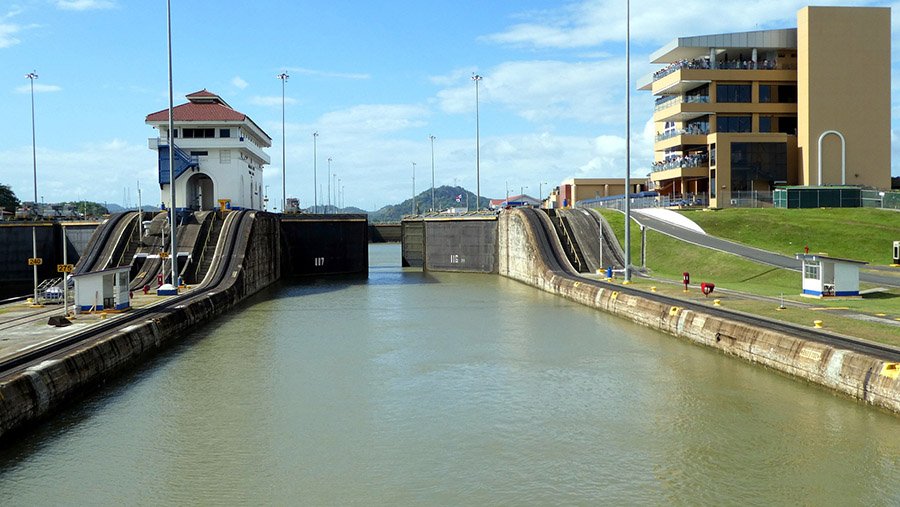
How To Cross The Panama Canal?
It is essential to know that only a Panama Canal Pilot employed by the Panama Canal Authority should steer a vessel through the channels. It implies that as soon as a ship enters the canal, a Panama Canal Pilot boards it and assumes complete control until it exits the canal. Additionally, you can get an adviser to show you the safest path across the channel. Recreational boats frequently go in groups, and the advisor chooses the formation.
Six sets of locks — three on either side of the canal — and a bridge across Gatun Lake make up the entire journey. Due to possible depth problems and worries about submerged things, using the “Banana Cut” shortcut is discouraged. The minimum “full ahead speed” required to cross the canal is 8 knots. If you move too slowly, you risk missing your schedule and paying additional costs.
It’s also vital to note that ships may need roughly 25 hours to navigate the canal (including the waiting time). Once a vessel has the go-ahead to continue, the typical transit time from one side of the waterway to the other is 8 to 10 hours.
What Is The Cost To Go Through The Panama Canal?
The Panama Canal Authority altered the method it charges cruise ships in February 2022 from per berth to per ton. A cruise ship must pay $5.25 per ton, or $52,500, to pass through the canal for the first 10,000 tons. For every additional 10,000 tons that a ship is hauling, the per-ton price decreases marginally.
Boats under 65 feet are subject to a $1,600 toll; ships between 65 to 80 feet have to pay $2,400; those over 80 feet pay $3,500; and vessels that are 100 feet and above have to pay $4,100. All ships must also pay a $75 inspection fee regardless of size.
Why Are Locks Necessary In The Panama Canal?
For ships to travel through the canal and over the Continental Divide at a height that is safe, locks are required. Ships travel across the artificial Gatun Lake at an altitude of about 80 feet, after which they are lowered to continue traveling downward on the opposite side.
The size of the original locks limits the maximum size of vessels that can pass through the canal; this size is called Panamax. The third set of locks was part of the Panama Canal expansion project, completed on May 2016. On June 26, 2016, the third set of locks became operational. The new locks enable the passage of bigger Modern Panamax ships, which can handle more cargo than the old locks.
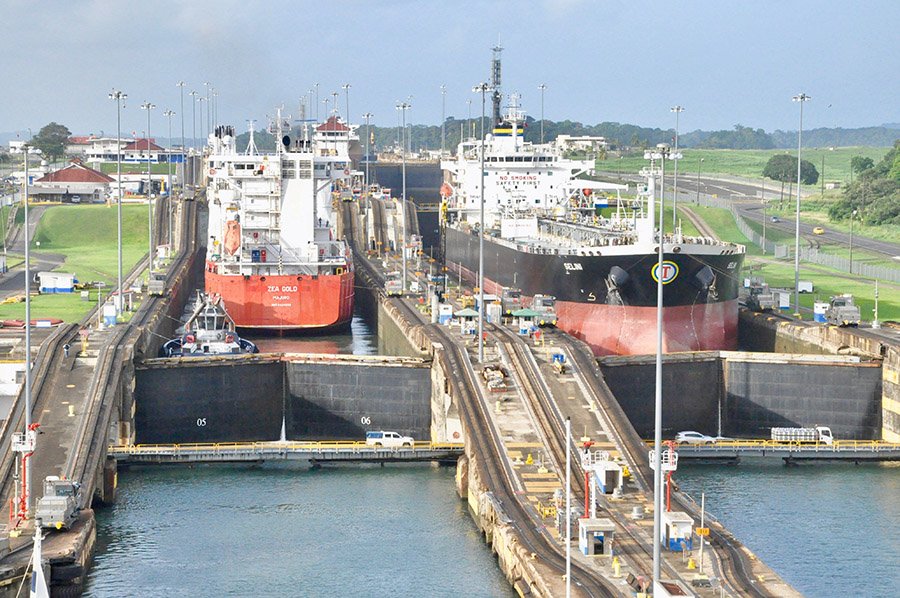
How High Above Sea Level Is The Panama Canal?
Geographically, the oceans the Panama Canal connects to are not on the same level; the Pacific Ocean is slightly higher than the Atlantic Ocean. Due to the difference in sea level, ships must ascend through Panama’s topography, which can be up to 26 meters above sea level, to reach the opposite end of the canal.
However, the canal’s average surface is 85 feet above sea level at normal elevation, which lowered the depth of the cutting by 85 feet to create the 31-mile channel between Gatun and Pedro Miguel.
What Is The Width of The Panama Canal?
In 2006, a public referendum endorsed the planned Panama Canal extension. Previously the canal could accommodate Panamax vessels with a maximum length of 950 feet (289.52 meters) and a width of 106 feet (32.10 meters).
The Canal expansion gives ships a broader room to maneuver. The New Panamax Ships are permitted to be up to 1,200 feet (366 meters) long, 161 feet (49 meters) wide, and have a cargo capacity of up to 12,000 TEU, which is more than twice the previous limit.
How Many Lanes Does The Panama Canal Have?
The original canal had two lanes with separate sets of locks; however, the third set of locks project, also known as the Panama Canal Expansion Project, increased the canal’s capacity by adding a new lane to accommodate more ships. On June 26, 2016, the expanded canal started accepting commercial traffic.
Two additional sets of locks, one on each side of the Pacific and Atlantic area, have been constructed as part of the project, along with new channels leading to the new locks. Each of these new lock complexes has three parallel chambers intended to transport vessels from sea level to Gatun Lake’s level and back down.
The new lock chambers are 55 m (180.45 ft) broad, 18.3 m (60.04 ft) deep, and 427 m (1,400.92 ft) long. Instead of using miter gates, as the original locks did, they use rolling gates. Rolling gates are a tried-and-true technology employed in virtually all locks with dimensions comparable to the new ones.
What Size Ship Can Go Through Panama Canal?
The maximum length and beam for ships transiting the waterway were officially increased by the Panama Canal Authority (PCA) in May 2021 to 1,215 feet long and 168 feet wide. Maximum heights in the past have been 1,205 feet and 161 feet, respectively. With this modification, the canal can now be used by almost 97% of all container ships worldwide.

How Many Ships Go Through The Panama Canal Each Day?
An astounding 30-40 ships (including yachts, tankers, cruise and cargo ships) are estimated to transit through the Panama Canal daily. Although the exact numbers are unavailable, the Panama Canal is reportedly used by 13,200 ships annually. Nearly 15,200,000 ships had traversed the Panama Canal by 2021, 107 years after it opened in 1914.
How Much Money Does The Panama Canal Make Each Year?
The Panama Canal Authority governs the Panama Canal, and 80% of its income comes from the transit toll from ships passing through the channel. The vessel’s size, type, and cargo all factor into the tolls.
The canal brought in $2.7 billion in revenue in 2020, an increase of 7.2% from the year before. 13,369 ships totaling 255.7 million gross tons sailed through the channel in the same year. Approximately 40% of the canal’s annual revenue goes to Panama’s national treasury.
How Much Trade Goes Through The Panama Canal?
The Panama Canal has been one of the most significant commerce assets in the world since it opened in 1914. The annual value of freight moving through the canal is over $270 billion since it offers service on more than 140 maritime routes to more than 80 nations.
The canal now handles more freight than ever due to an increase in the average size of vessels. In 2013, the channel carried nearly 210 million metric tons of cargo. According to the chief official of the Panama Canal, more than half a billion tonnes of freight were carried through it in the previous year, setting a record high for the crucial global waterway as global trade soared after the coronavirus pandemic.
In a webcast news conference, Ricaurte Vasquez, the administrator of the Panama Canal Authority, informed the media that during the fiscal year 2021, which concluded in September, 516.7 million tonnes of cargo traveled through the century-old waterway.

How Much Does It Cost To Maintain The Panama Canal?
The canal’s administration allocated $350 million for maintenance work in 2021 to maintain the channel. Controlling erosion and landslides, maintaining the riverbed, electrical system, dams and spillways, locks, water treatment plants, and the Atlantic bridge are all on the list of maintenance projects.
According to Miguel Lorenzo, vice president of Engineering and Infrastructure at the ACP, the preservation of the canal’s property assets, plants, and equipment have been essential over its more than 100 years of operation.
Last Thoughts
The construction of the Panama Canal was a milestone that preceded numerous developments in various industries, especially the engineering sector. It also marked the end of the European era and the rise of American dominance. In fact, by linking the Atlantic and Pacific Oceans, the Panama Canal’s completion made the United States a Sea Power.
